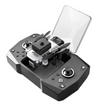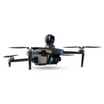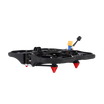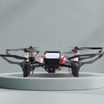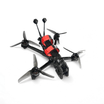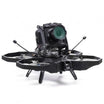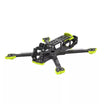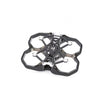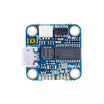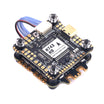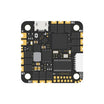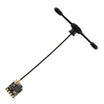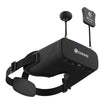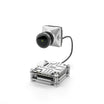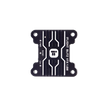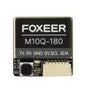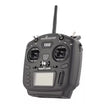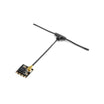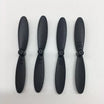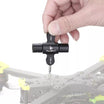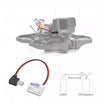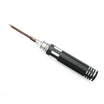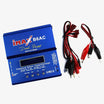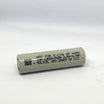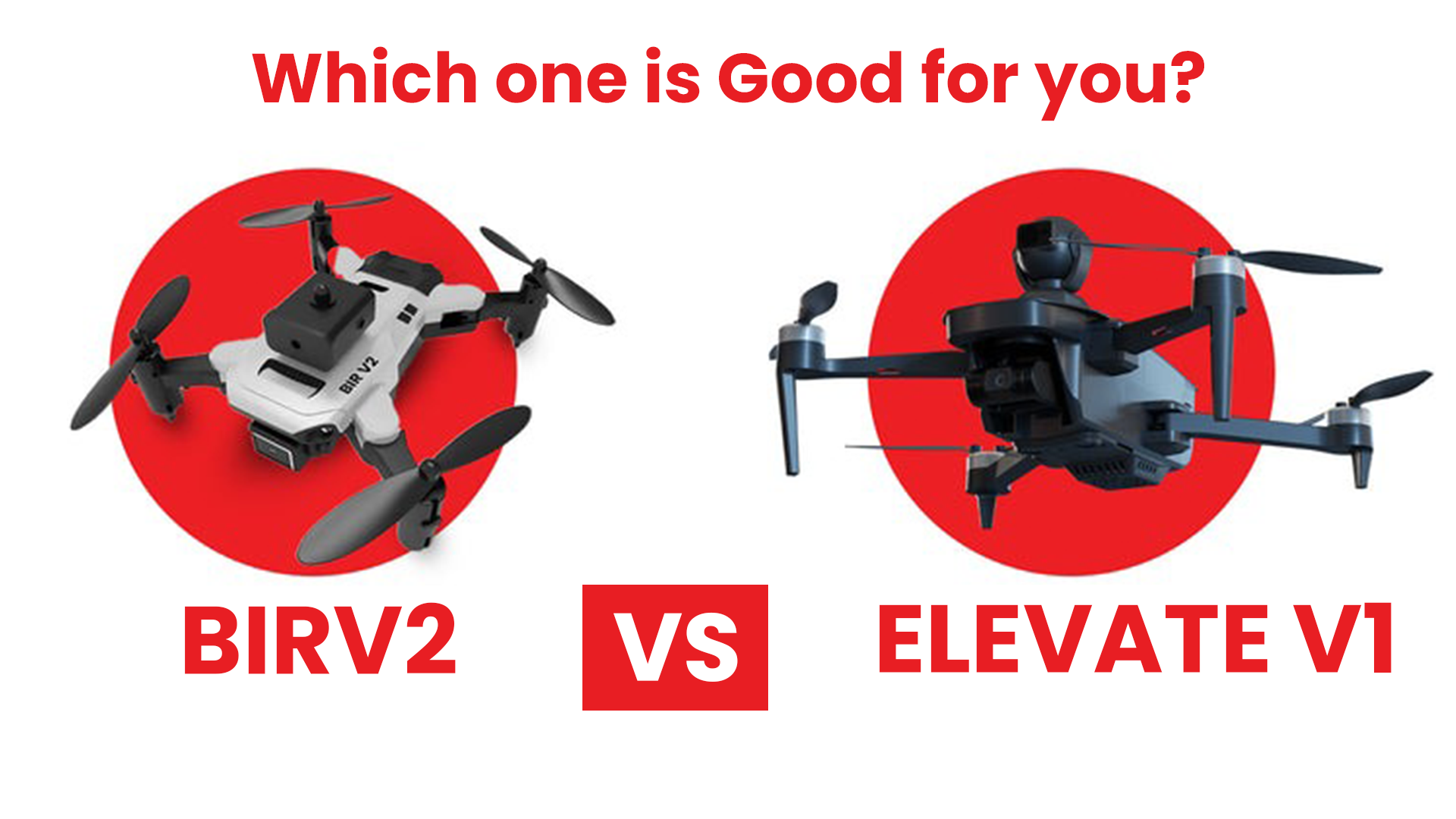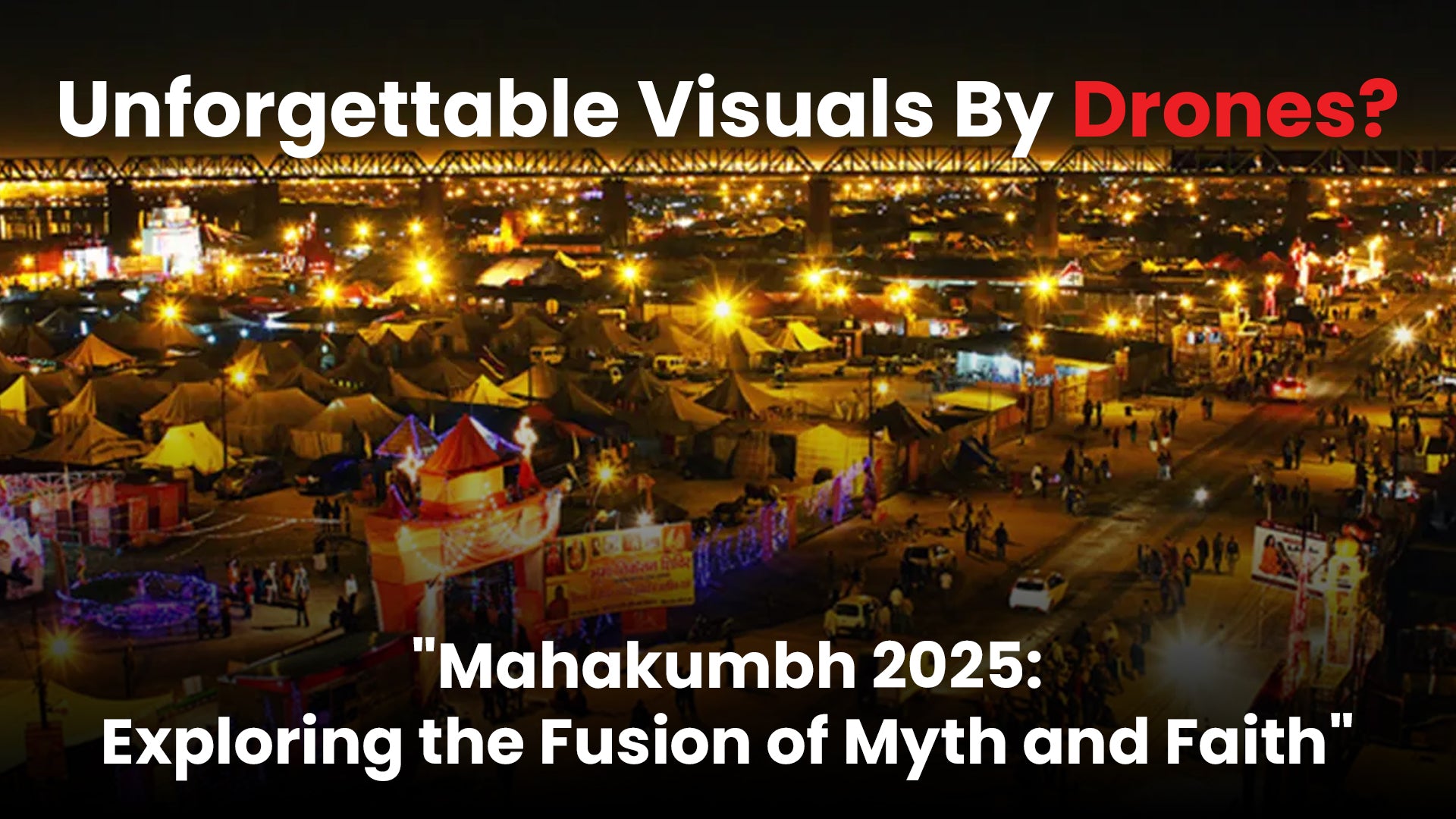While drones have already revolutionized fields like public safety, law enforcement, and agriculture, academics are working behind the scenes to expand the potential of these aircraft. Drone systems are getting smarter, faster, and more efficient through the integration of artificial intelligence (AI), opening the door for their use in even more demanding conditions.
One of the pioneering minds in this space is Krishna Muvva, a PhD candidate at the University of Nebraska-Lincoln. With expertise in aerial robotics, his work focuses on merging AI-driven methods with traditional control systems to make drones more autonomous and capable of precise navigation.
Also read: Future trends in defence drone technology.
The Role of AI in Drone Innovation
AI is at the heart of modern drone advancements. Drones can now assess and react to their environment in real time thanks to technologies like machine learning, computer vision, and neural networks. Unlike traditional control systems, AI-based approaches provide drones with advanced perception, enabling them to adapt to dynamic environments such as crowded cities or rugged farmlands.
Muvva’s research highlights this potential. In order to improve drone performance, he and his colleagues are developing hybrid control systems that include neural networks and Model Predictive Control (MPC). This combination enhances control accuracy, obstacle avoidance, and navigation, particularly in volatile conditions.
Also read: Drones take science to new heights at AGU24.
Precision in Multi-Drone Systems
Precise localization in multi-robot systems—where several drones or ground robots work in close proximity to one another—is one of the issues Muvva tackled in his work. His group tackled this by creating a framework that uses deep learning to increase accuracy in certain situations.
The team showed how deep learning models enhance drones' location-finding capabilities in a study titled "Cooperative Localization of UAVs in Multi-Robot Systems Using Deep Learning-Based Detection." This strategy worked particularly well in complex settings when conventional localization techniques are ineffective.
By improving accuracy, these systems have the potential to transform fields like law enforcement, where drones must function well in high-stakes scenarios, and agriculture, where accuracy is essential for jobs like crop monitoring.
Bridging the Gap Between Perception and Control
Another significant hurdle in drone operations is the balance between processing speed and accuracy. For example, while Convolutional Neural Networks (CNNs) offer detailed perception, they often come with a latency that can hinder real-time decision-making. Muvva’s team tackled this problem by introducing a “situation-aware” MPC system.
The system integrates perception and control into a unified framework, enabling drones to optimize performance without sacrificing speed or accuracy. Through both real-world tests and simulations, the research showed that drones could achieve more efficient and reliable operations by adjusting their behavior based on environmental conditions.
This innovation has wide-reaching implications. From ensuring safety in public spaces to delivering packages more effectively, the ability to process data quickly while maintaining precision will be a game-changer for autonomous systems.
Practical Applications of AI-Enhanced Drones
The advances made by Muvva and his team are not just theoretical; they have practical applications in fields that require high levels of accuracy and adaptability.
- Agriculture: AI-driven drones can perform precision spraying, analyze crop health, and even detect pests, reducing costs and improving yields for farmers.
- Public Safety: From search-and-rescue missions to surveillance, drones equipped with AI can navigate through complex environments to support emergency responders.
- Mapping: Improved localization allows for detailed and accurate maps, which are essential for urban planning and disaster response.
By making drones more intelligent and adaptive, AI opens up new possibilities for their use in industries where precision and reliability are critical.
Looking Ahead
As drone applications expand into increasingly complex environments, the integration of AI is proving to be a transformative force. Muvva’s research into hybrid systems, deep learning, and perception-control integration demonstrates the immense potential of AI to enhance drone functionality.
The journey doesn’t stop here. With ongoing advancements in AI and robotics, the next generation of drones could be even smarter, offering innovative solutions to challenges we haven’t yet imagined.

